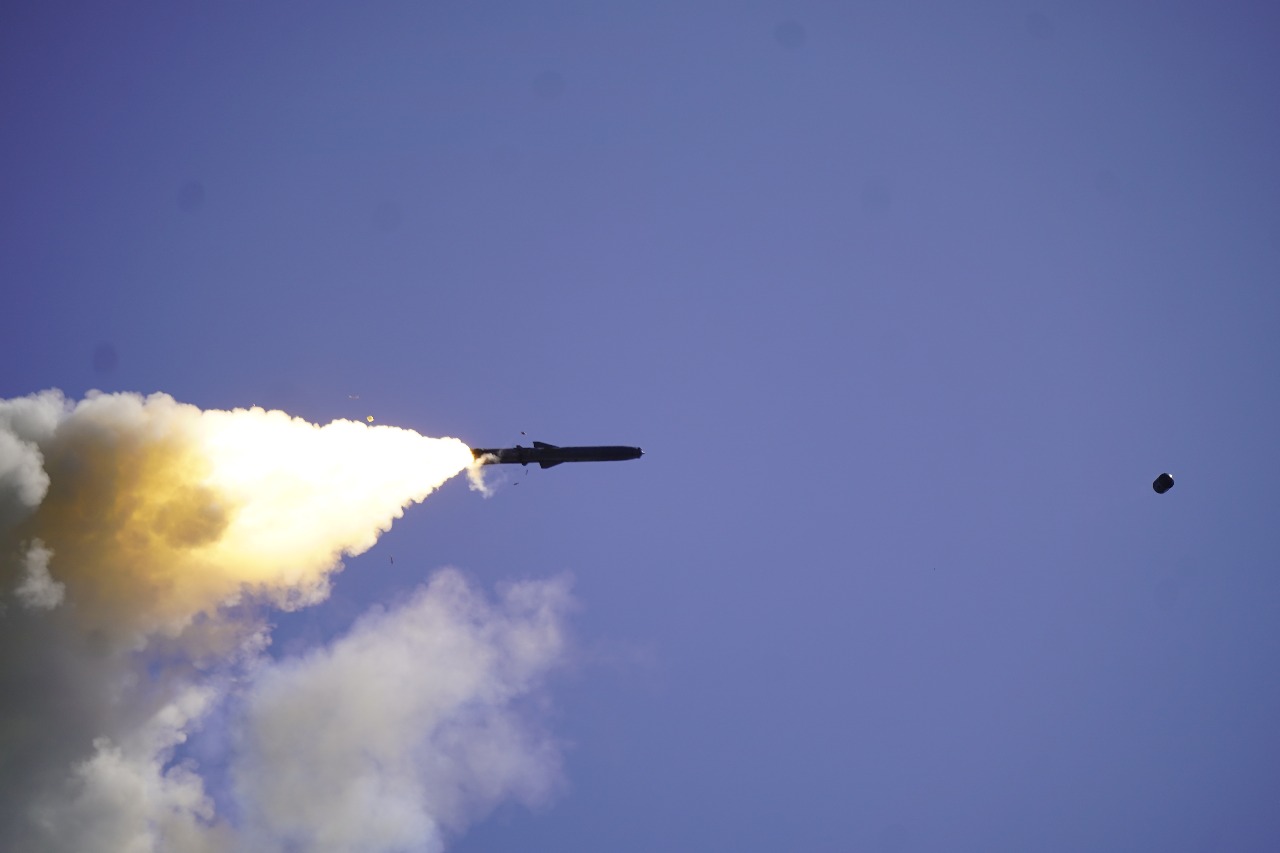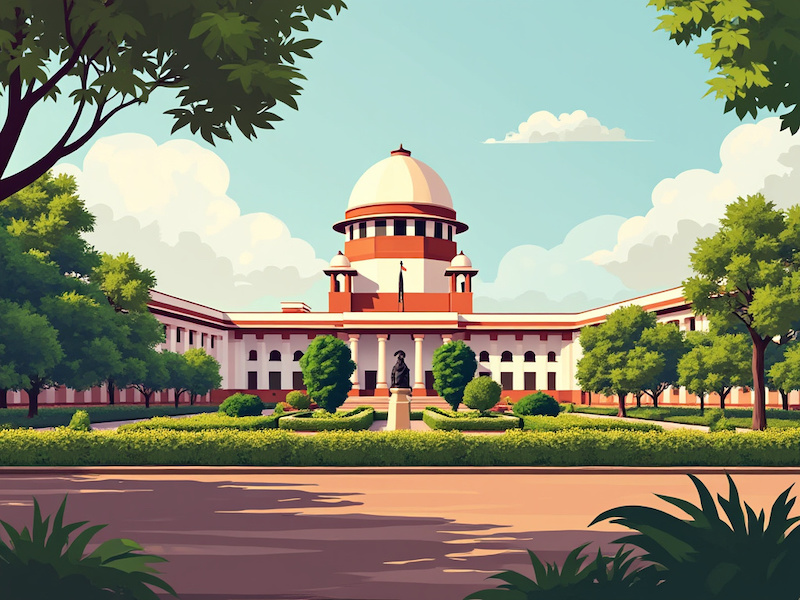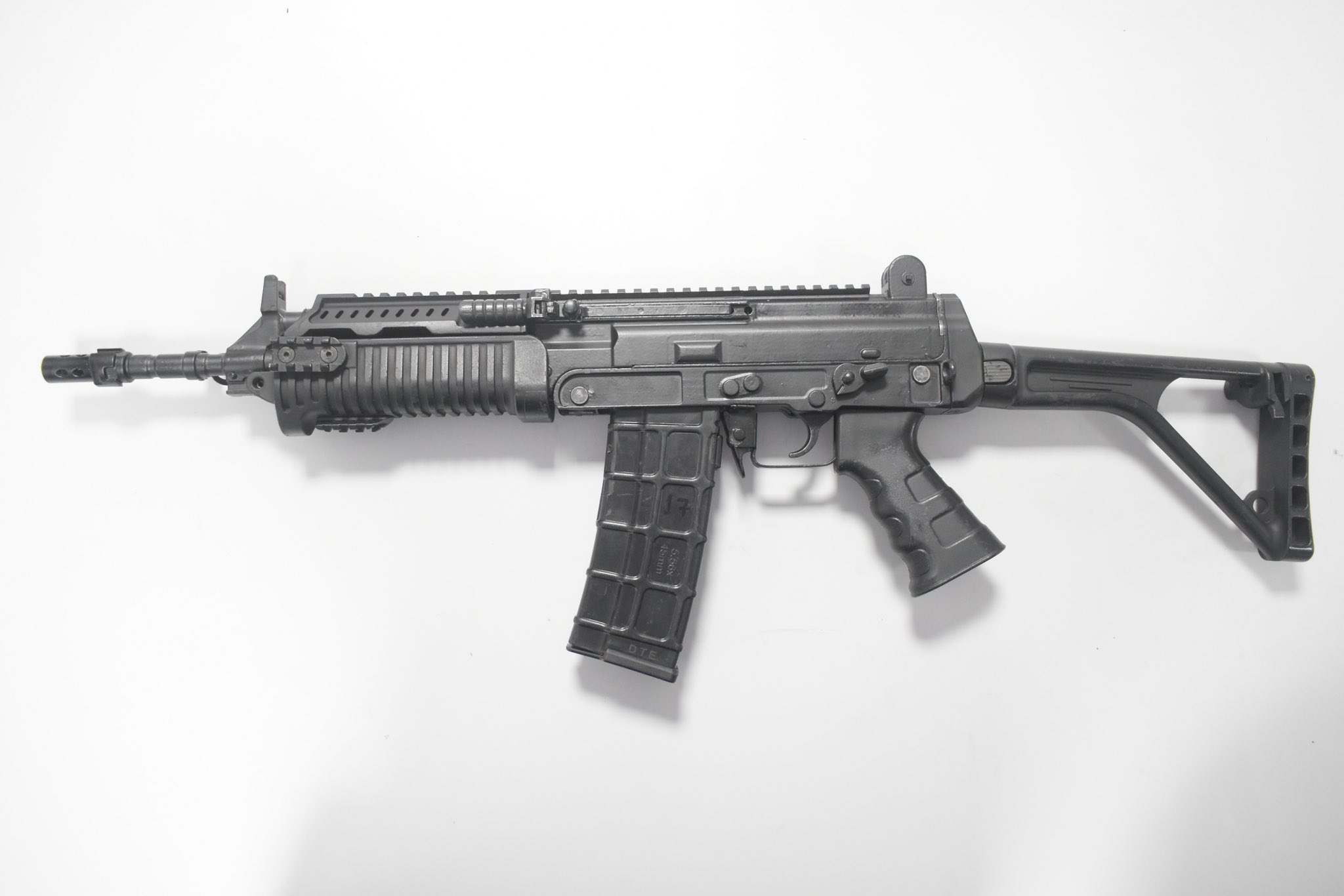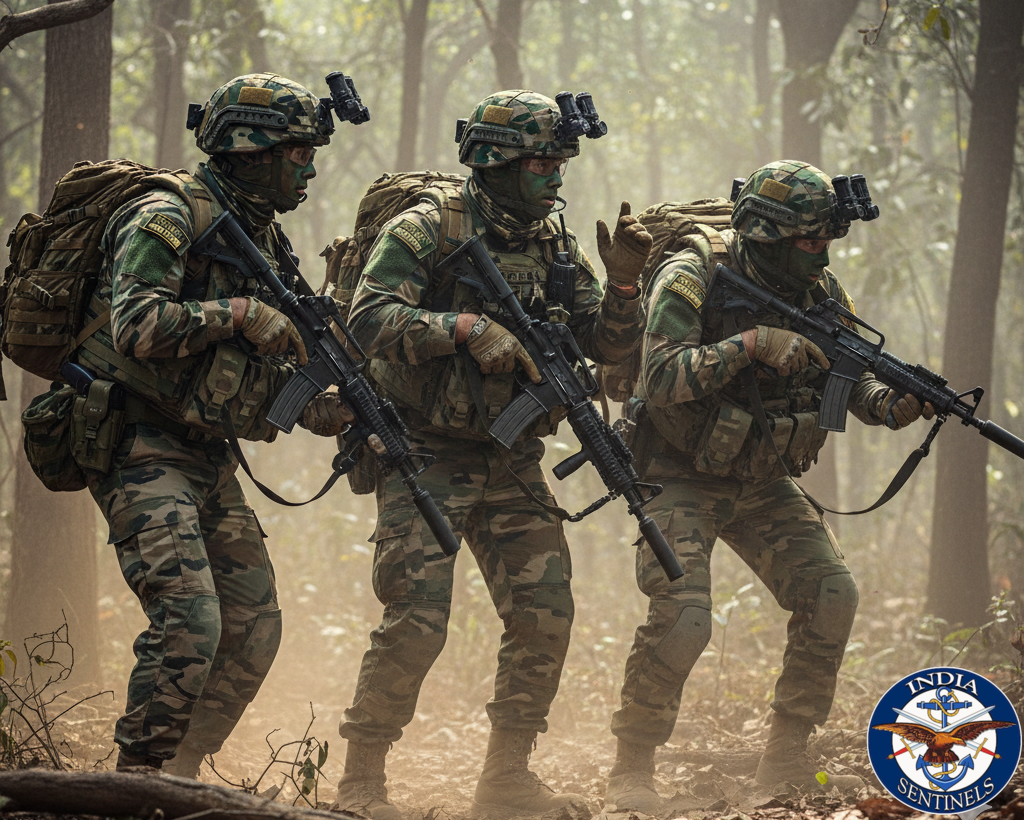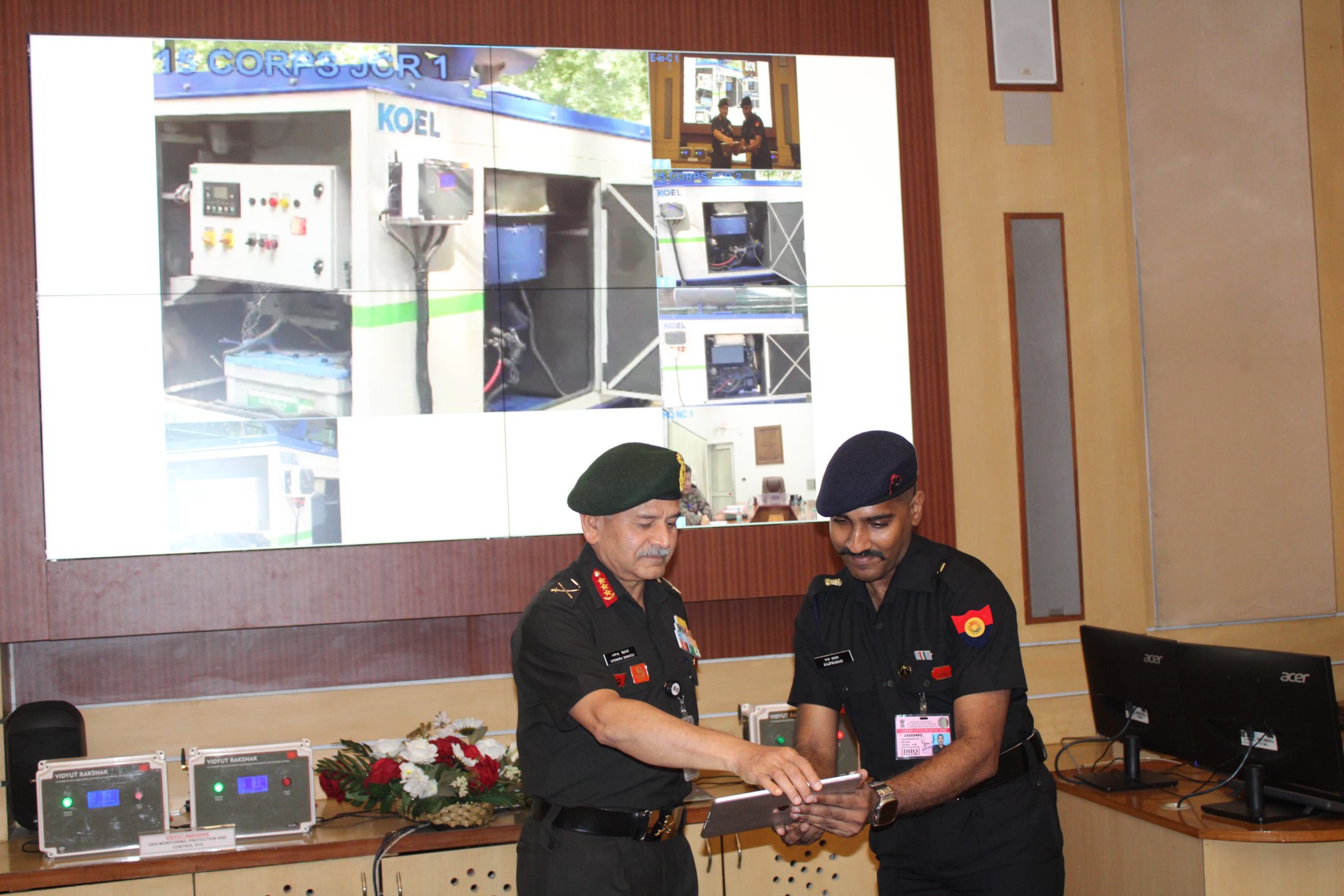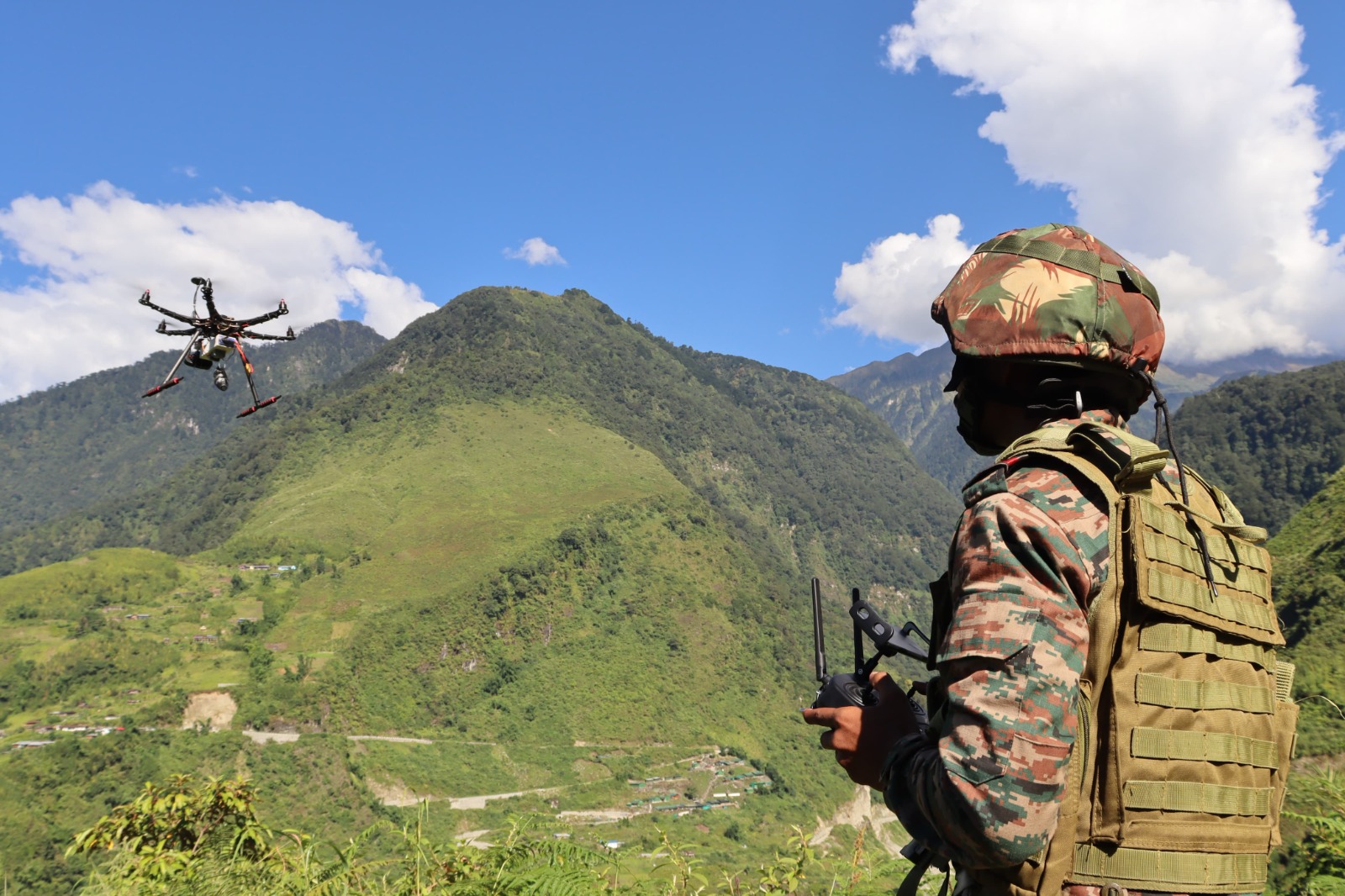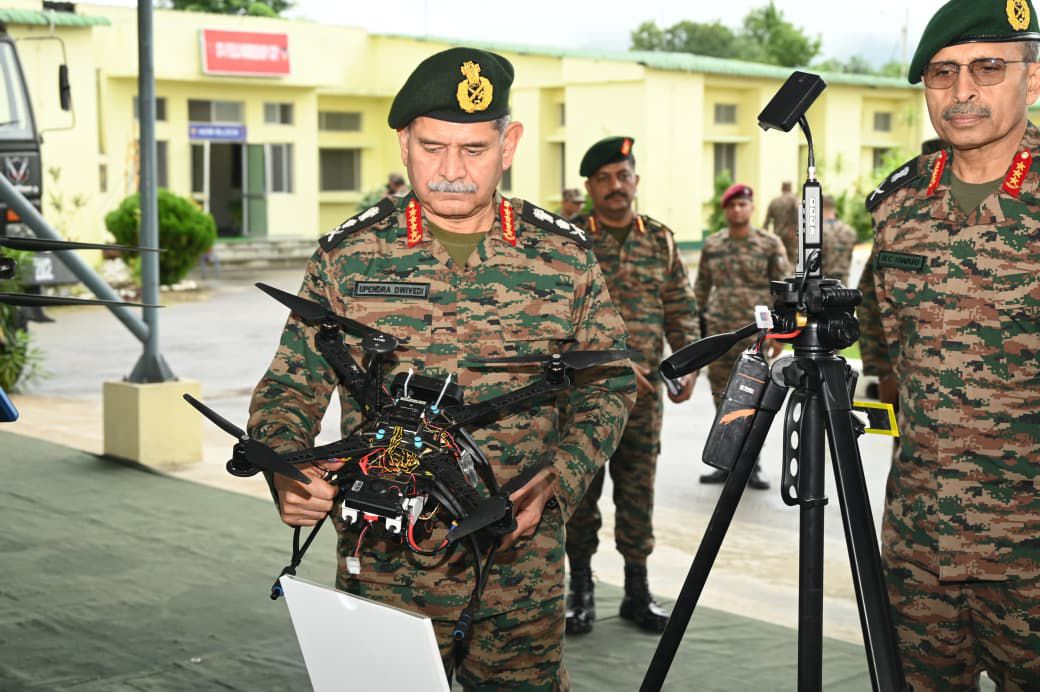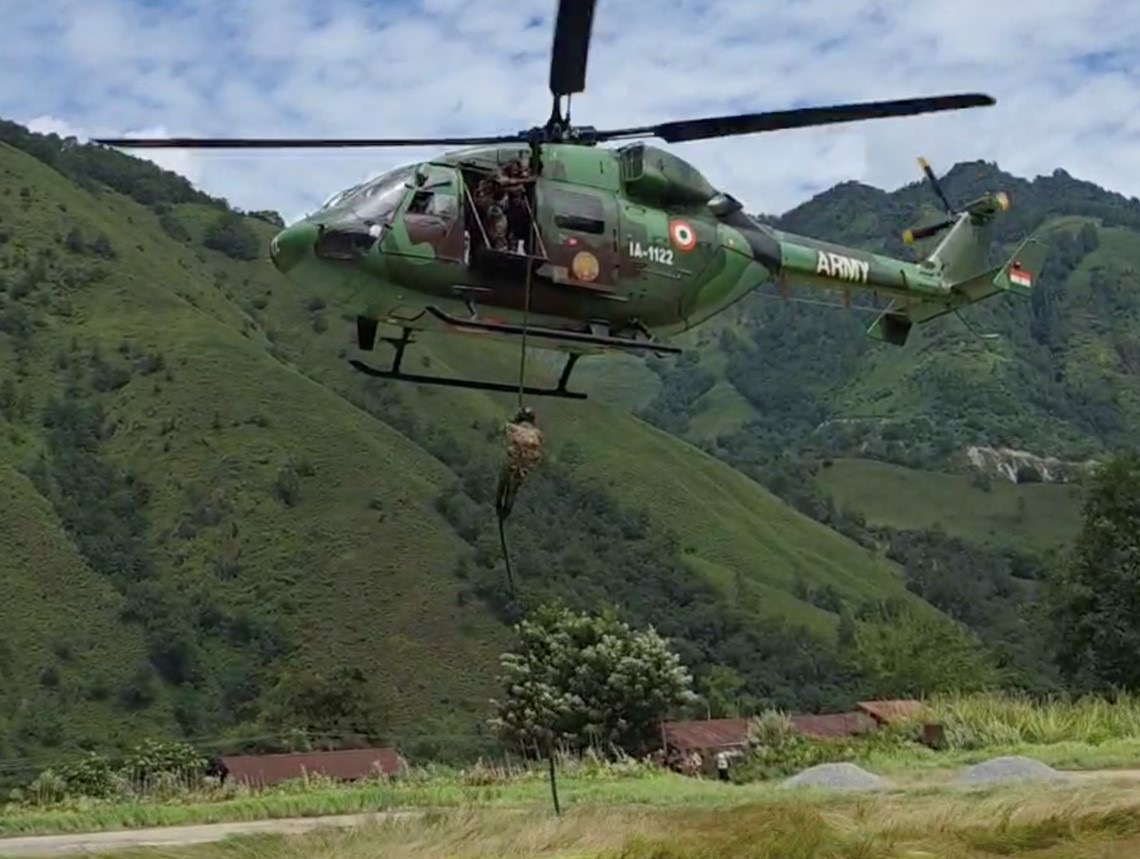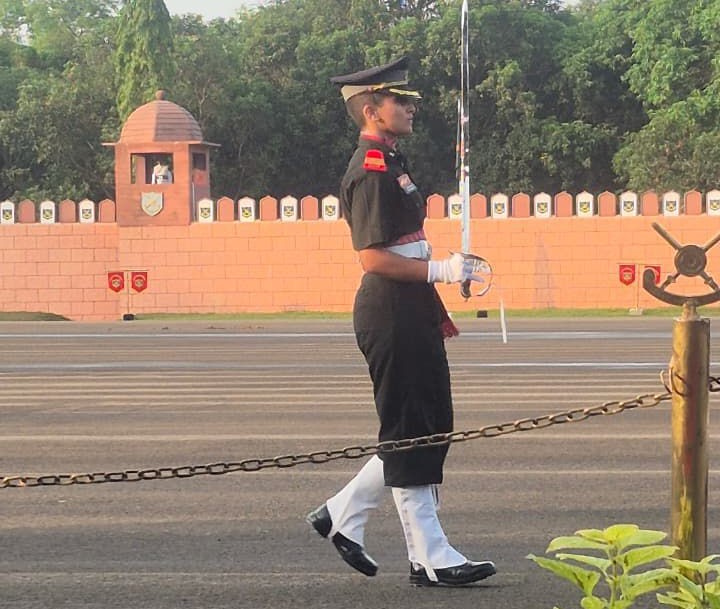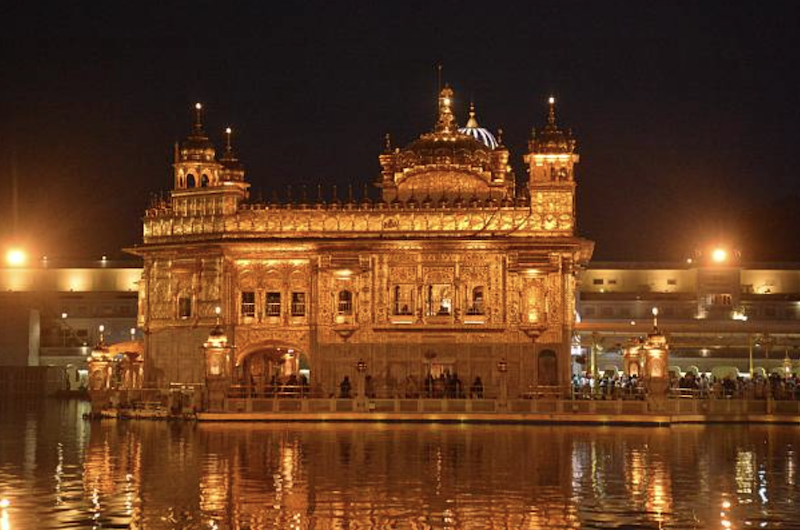 The Golden Temple.
The Golden Temple.
New Delhi: A major controversy has erupted in the country following contradictory statements about whether air-defence systems were deployed at the sacred Golden Temple in Amritsar during the recent Operation Sindoor hostilities with Pakistan. Senior Indian Army officers initially claimed that air-defence guns had been deployed within the shrine’s premises with permission from religious authorities, but these assertions were swiftly denied by both temple officials and later by the Army itself, sparking widespread debate and concern within the Sikh community.
Initial Claims by Army Officers
The controversy began when the director general of Indian Army’s Corps of Air Defence, Lieutenant General Sumer Ivan D’Cunha, stated during a podcast interview [archived link] with ANI’s Smita Prakash that the head granthi (chief priest) of the Golden Temple had permitted the deployment of air-defence systems within the sacred premises to counter potential Pakistani missile and drone attacks during Operation Sindoor.
"It was very nice that the head granthi of the Golden Temple allowed us to deploy our guns. It is possibly for the first time in many years that they switched off the Golden Temple lights so that we could see the drone coming,” Lt Gen D’Cunha claimed in the interview.
D’Cunha elaborated that the Army had anticipated Pakistan would target civilian and religious sites because “they had no legitimate targets across the border” and were “more interested in creating confusion, chaos internally”. He indicated that temple authorities had cooperated once the threat was explained to them.
This claim was seemingly corroborated [archived link] by Major General Kartik C Seshadri, general officer commanding (GOC) of the 15th Infantry Division, who in a separate interview said that the Indian Army had anticipated Pakistan would target civilian establishments, including religious places such as the Golden Temple.
“Knowing that the Pak army does not have any legitimate targets, we anticipated that they would target Indian military installations, civilian targets, including religious places. Of these, the Golden Temple appeared to be the most prominent. We mobilized additional modern air-defence assets to give a holistic air-defence umbrella cover to Golden Temple,” Maj Gen Seshadri told reporters.
Seshadri further claimed that on May 8, Pakistan carried out “a massive air assault with unmanned aerial weapons, primarily drones and long-range missiles” targeting the Golden Temple, which was thwarted by alert Army Air Defence gunners who “shot down all drones and missiles targeted at the Golden Temple.”
Temple Authorities’ Swift Denial
The statements by the senior Army officers, who were in the thick of action during Operation Sindoor, prompted immediate and strong denials from Sikh religious authorities and the temple management.
The Shiromani Gurdwara Parbandhak Committee (SGPC), the apex religious body responsible for managing gurdwaras, including the Golden Temple, categorically rejected the Army’s claims about deployment of air-defence systems within the shrine premises.
SGPC president Harjinder Singh Dhami issued a statement [archived link] declaring that “no such permission was granted, nor did any such incident occur.” The organization described Lt Gen D’Cunha’s statement as “shockingly untrue”.
Giani Raghubir Singh, the head granthi (chief priest) of Sri Darbar Sahib, Amritsar, told reporters that the claim of deployment of air-defence guns in the Golden Temple was “completely false”. He stated that he was not even present at Sri Darbar Sahib from April 24 to May 14, as he was in America during that period.
“No one from the Army or the government ever contacted me regarding any permission for deploying air-defence guns at Sri Darbar Sahib,” Singh said, adding that the matter should be investigated by the SGPC and necessary action taken.
Giani Amarjeet Singh, additional head granthi of the Golden Temple, also denied that any air-defence guns had been placed within the revered temple’s premises. However, he acknowledged that the management had cooperated with district administration guidelines regarding a city-wide blackout by switching off exterior and upper lights of the complex within the specified time frame.
Earlier, the SGPC chief secretary, Kulwant Singh Mannan, had expressed disbelief at the Army’s version, saying he “didn't believe the version” as no force “could think of attacking” the shrine.
Indian Army’s Clarification
Facing mounting criticism and contradiction from temple authorities, the Army issued an official clarification on Tuesday, contradicting the statements made by its own senior officers.
“Some media reports are circulating with respect to deployment of AD guns in the Golden Temple. It is clarified that NO AD guns or any other AD resource was deployed within the premises of Sri Darbar Sahib Amritsar (The Golden Temple),” the Army said in its statement.
The statement represented a significant reversal from what Lt Gen D’Cunha said and sets right Maj Gen Sheshadri’s remarks on “AD umbrella over the Golden Temple”, which has been widely misunderstood in conjunction with the DG AAD’s remarks.
Operation Blue Star Context and Sensitivity
The controversy carries particular significance in light of the 1984 Operation Blue Star, which remains one of the most traumatic episodes in modern Sikh history and explains why any military presence at the Golden Temple is an extraordinarily sensitive issue.
Operation Blue Star was a military action ordered by the-then prime minister, Indira Gandhi, in June 1984 to remove Sikh militant leader Jarnail Singh Bhindranwale and his armed followers from the Golden Temple complex. The operation resulted in significant damage to the Akal Takht (the highest temporal seat of Sikhism) and the shrine’s library, with hundreds killed including militants, pilgrims, and security forces.
The Army’s entry into the holiest shrine of Sikhism led to widespread anger within the Sikh community. The aftermath included the assassination of Gandhi by her Sikh bodyguards and subsequent anti-Sikh riots across northern India that claimed thousands of lives.
Given this historical background, any claim about military deployment inside the Golden Temple premises, especially without clear communication and proper protocols, risks reopening old wounds and reviving painful memories for the Sikh community.
The contradictory statements created ripples across the political spectrum in India. After the SGPC’s denial and the Army’s clarification, many political figures have called for accountability regarding the contradictory statements.
However, veteran Parachute Regiment officer Brigadier RJS Dhillon, in a post on X [archived link], suggested Lt Gen D’Cunha “probably got carried away” on the “narrative wagon” that Pakistan was targeting Indian religious sites during the hostilities. Another veteran Army officer, Colonel KJ Singh, on X, remarked [archived link] that it was “nonsense” and “absurd” to assume that Pakistan would attack Sri Harminder Sahib (Golden Temple) in 2025 when it did not target the shrine in the full-fledged wars with India in 1965 and 1971.
Operation Sindoor Background
The controversy is set against the backdrop of Operation Sindoor, India’s military response to a terror attack in Pahalgam on April 22, 2025, which claimed 28 lives. India conducted strikes on nine terrorist sites inside Pakistani territory, leading to Pakistani retaliation through drone and missile attacks aimed at Indian military installations and allegedly civilian targets.
Maj Gen Seshadri had stated that India conducted “befitting punitive strikes” on “exclusive terror targets” with “nine targets hit” and “seven exclusively destroyed by the Indian Army.”
Both countries announced a ceasefire on May 10 after three days of hostilities, during which India claimed to have neutralized swarms of drones and missiles fired from across the border.
Unanswered Questions
The controversy has raised several unanswered questions. Why did senior Army officers make specific claims about deployment of air-defence assets inside the Golden Temple that were later contradicted by both temple authorities and the Army itself? Was there a miscommunication or were the statements deliberately misleading?
While the Army has clarified that no air-defence systems were deployed within the temple premises, it remains unclear whether those assets were deployed in the vicinity of the Golden Temple to create a protective umbrella, as suggested by Maj Gen Seshadri’s reference to “holistic air-defence umbrella cover.”
The discrepancy between the Army officers’ initial statements and the subsequent denials has created confusion about what actually transpired during Operation Sindoor regarding the protection of the Golden Temple. The controversy highlights the continued sensitivity surrounding military actions related to the Golden Temple and the importance of careful, accurate communication when discussing security measures involving sites of religious significance in the country.
For the Sikh community, particularly those who remember the events of 1984, claims about military deployment inside their holiest shrine – whether accurate or not – evoke powerful emotions and require thoughtful handling by officials and media alike.
As the dust settles on this latest controversy, there are likely to be calls for greater transparency about the security measures that were actually implemented during Operation Sindoor and clearer protocols for communication about sensitive religious sites during security operations.

